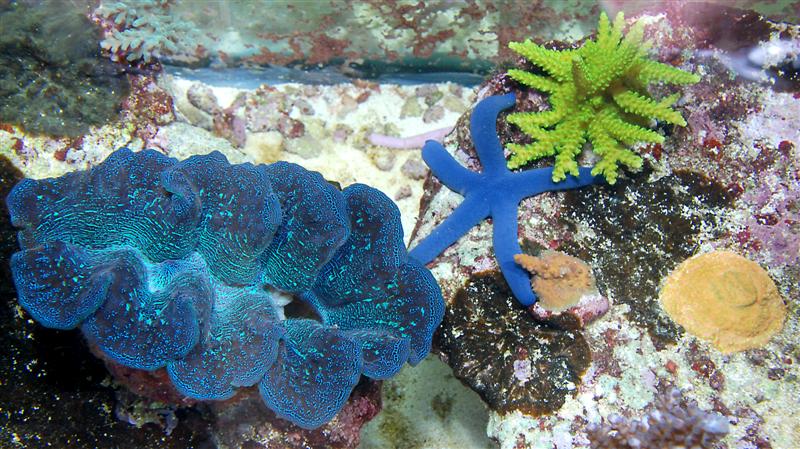GAC "adsorbs" a lot of different things at different rates (pedantic, but absorbtion incorporates the material, adsorption builds it up on the surface). I believe that metals don't adsorb as well to GAC as organic compounds, but that iodine does. Here's a table i googled describing some of the things that GAC does or doesn't adsorb well https://www.sentryair.com/activated-carbon-adsorption.htm
However, i dont think theres much concern of taking out good things too much. Most people have very successful reefs with GAC!
However, i dont think theres much concern of taking out good things too much. Most people have very successful reefs with GAC!
Last edited:

















